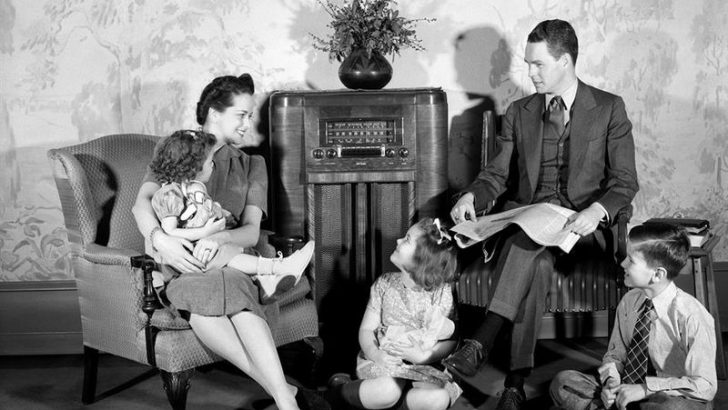The 1960s was an era where family dynamics were deeply rooted in tradition and discipline. These rules, which may seem outdated today, played a significant role in molding well-mannered children. Parents were strict yet nurturing, offering a balance that many argue is missing in modern parenting. This blog post delves into eleven family rules from that transformative decade, showcasing how they contributed to shaping better-behaved kids.
1. Dinner Together Every Night

Family dinners in the 1960s were a sacred tradition. Each evening, families gathered around the table, sharing stories and laughter over a home-cooked meal. This practice instilled a sense of belonging and security in children.
The dinner table became a space for learning manners, listening skills, and respect for others’ opinions. Parents used this time to teach valuable life lessons subtly.
Studies have shown that families who eat together regularly tend to have stronger relationships, and children exhibit better social skills and academic performance.
2. Chores Before Play
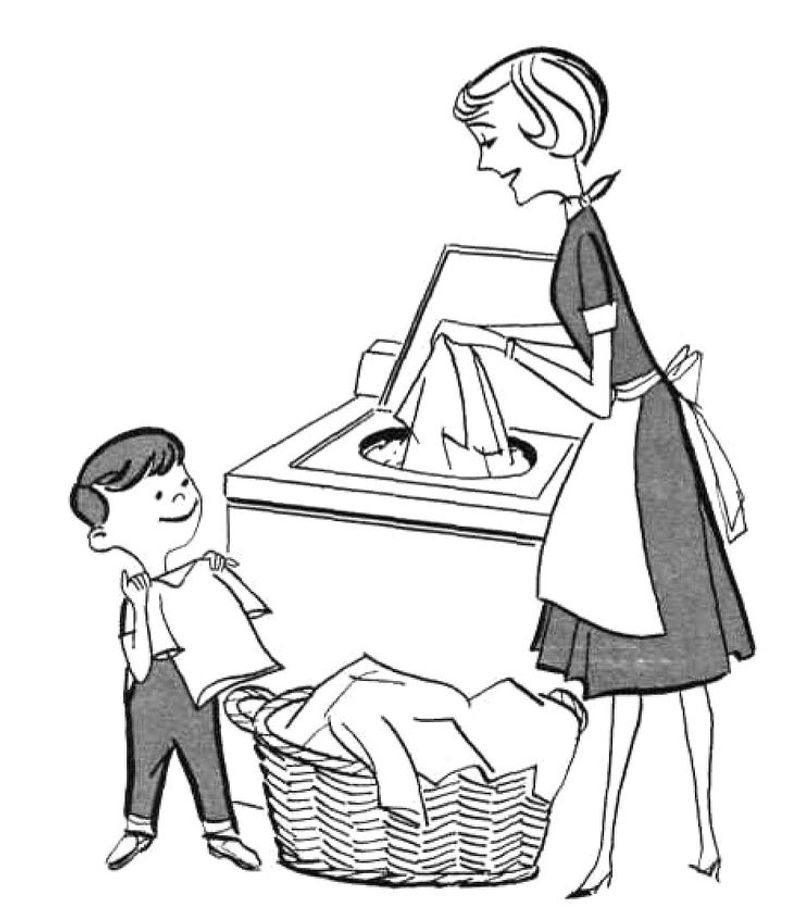
In the 1960s, chores were a non-negotiable part of daily life for kids. Before heading out to play, children were expected to complete their chores, from washing dishes to tidying their rooms.
This rule taught responsibility and the importance of contributing to the household. Chores were an opportunity for children to develop a strong work ethic and time management skills.
Parents believed that having children earn their playtime made them appreciate leisure more and fostered a sense of accomplishment and independence.
3. Respect for Elders
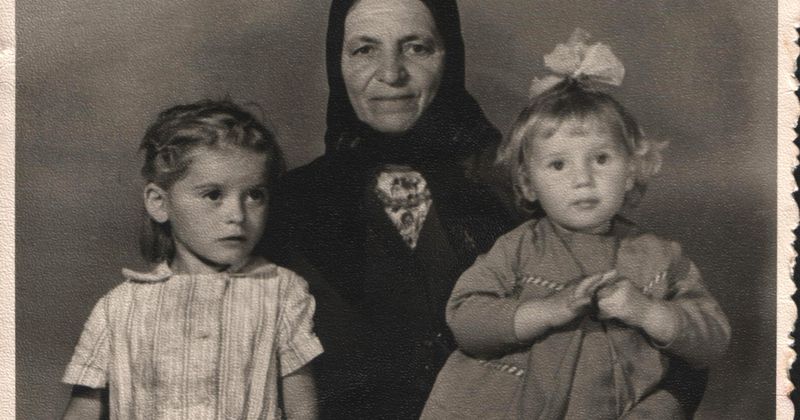
Respecting elders was a cornerstone of 1960s family values. Children were taught to address adults as “Mr.” or “Mrs.”, and to always offer a helping hand to older individuals in the community.
This respect extended beyond mere words; it was about genuinely listening and valuing the wisdom of older generations. Children learned patience, empathy, and the importance of community through these interactions.
These teachings helped build character, emphasizing humility and understanding, key traits that contributed to well-rounded individuals.
4. Limited Screen Time
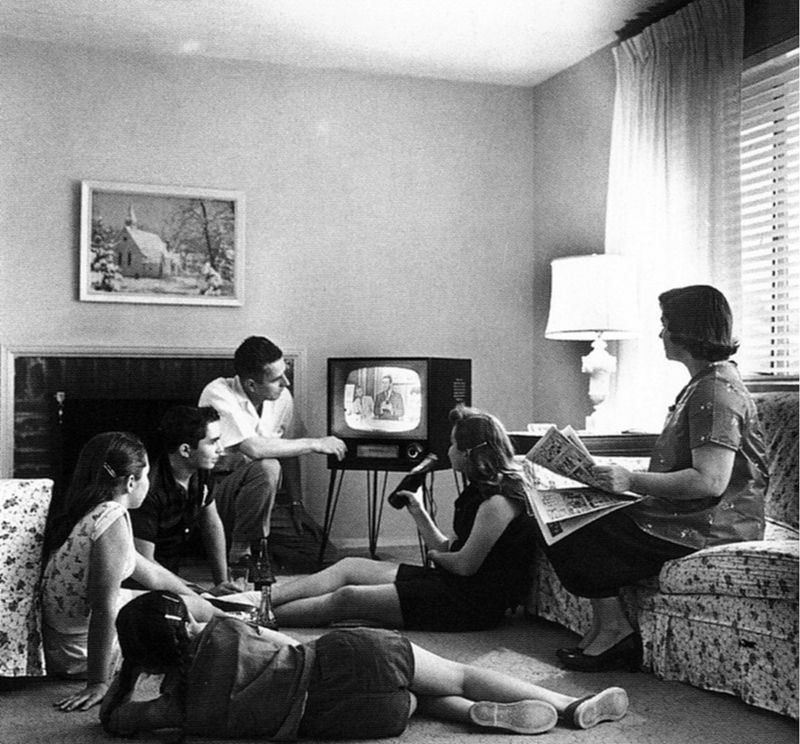
Televisions in the 1960s were a luxury, and screen time was limited. Families had strict rules about the amount of TV children could watch, often just an hour a day.
This restriction encouraged kids to engage in outdoor play, reading, and other creative activities. Less screen time meant more opportunities for social interaction and imaginative play.
By controlling screen time, parents ensured that their children were exposed to diverse experiences that fostered growth and development beyond the screen.
5. Positive Reinforcement

Parents in the 1960s understood the power of positive reinforcement. Praising children for their achievements, big or small, was common practice.
This approach motivated children to strive for excellence, knowing their efforts were appreciated. It also helped build self-esteem and confidence, essential qualities for personal growth.
Positive reinforcement created a nurturing environment where children felt valued and encouraged to pursue their goals, leading to well-adjusted individuals who were ready to face challenges.
6. Strict Bedtimes

Bedtime in the 1960s was a routine followed with military precision. Children had set bedtimes to ensure they received adequate rest for the next day.
Parents believed that a proper sleep schedule was crucial for healthy development, affecting both physical growth and cognitive function. A good night’s sleep was seen as the foundation for a productive day.
This rule instilled discipline and a sense of security, as children thrived on the predictability and structure provided by regular bedtime routines.
7. Politeness as a Priority
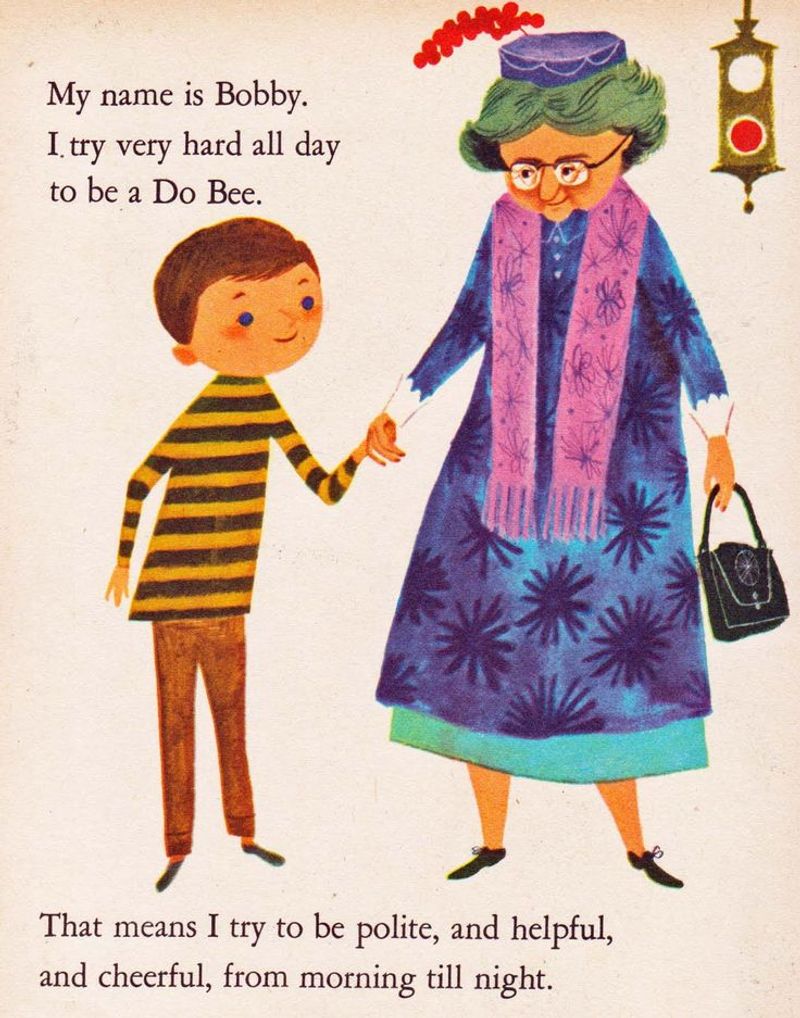
Politeness was more than just a courtesy in the 1960s; it was a way of life. Children were taught to say “please” and “thank you” as a matter of course.
This focus on manners helped cultivate a respectful and considerate attitude towards others. Parents emphasized the importance of courteous behavior in all aspects of life.
Teaching politeness was foundational for interpersonal skills, allowing children to build strong relationships and navigate social situations with ease and grace.
8. Dress Codes
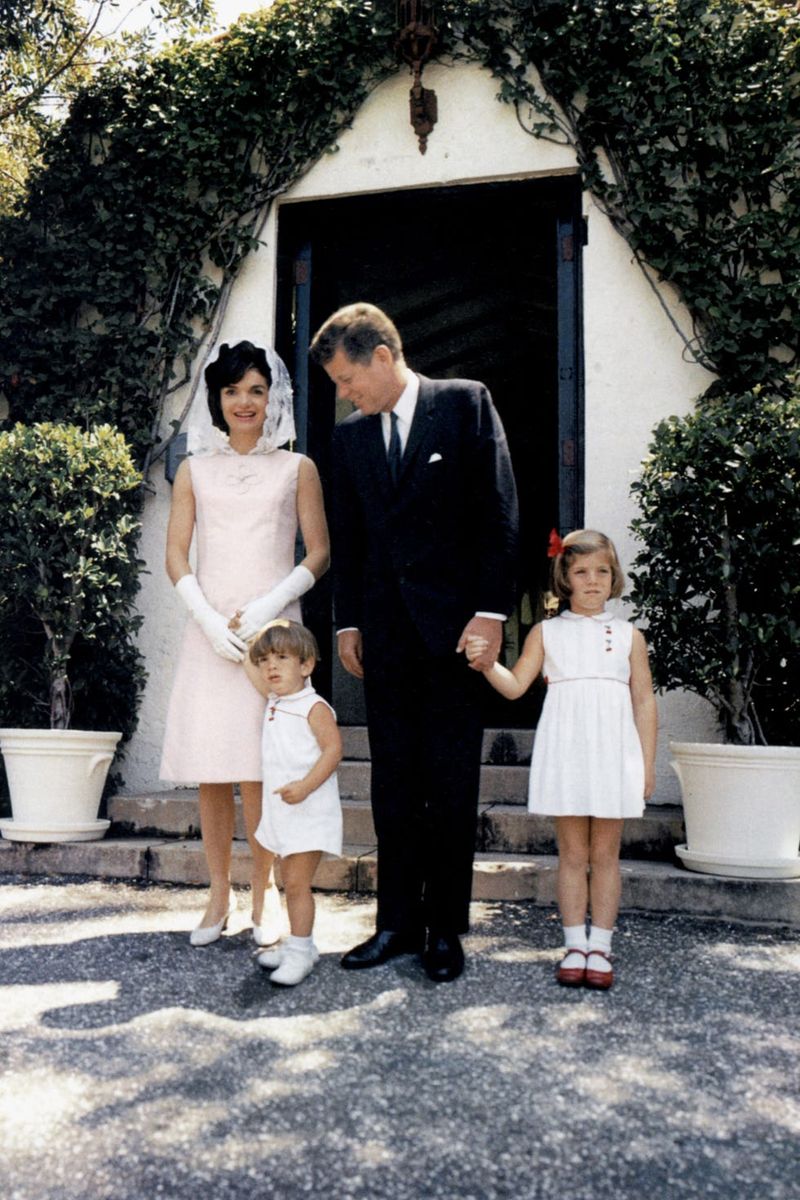
In the 1960s, proper attire was synonymous with respectability. Families adhered to dress codes for different occasions, like church, school, or family gatherings.
This practice taught children the importance of presentation and respecting cultural norms. It also instilled a sense of pride and confidence in one’s appearance.
Though today’s fashion is more relaxed, the discipline of dressing appropriately for various settings has lasting impacts on self-esteem and the perception of others.
9. Community Involvement

The 1960s placed a strong emphasis on community involvement. Families often participated in local events, fostering a sense of belonging and responsibility.
Children learned the value of contributing to their community, understanding that their actions could positively impact others. This involvement nurtured a spirit of teamwork and cooperation.
Community activities provided opportunities for children to develop leadership skills, empathy, and a sense of purpose beyond their individual needs.
10. Family Vacations

Family vacations were a cherished tradition in the 1960s. These trips, often by car, allowed families to bond and create lasting memories together.
Vacations provided a break from routine, offering new experiences and adventures. This time together strengthened family ties and offered children a broader perspective of the world.
Traveling as a family also taught patience, adaptability, and the joy of discovery, contributing to a child’s overall development and understanding of diverse cultures and environments.
11. Reading Time
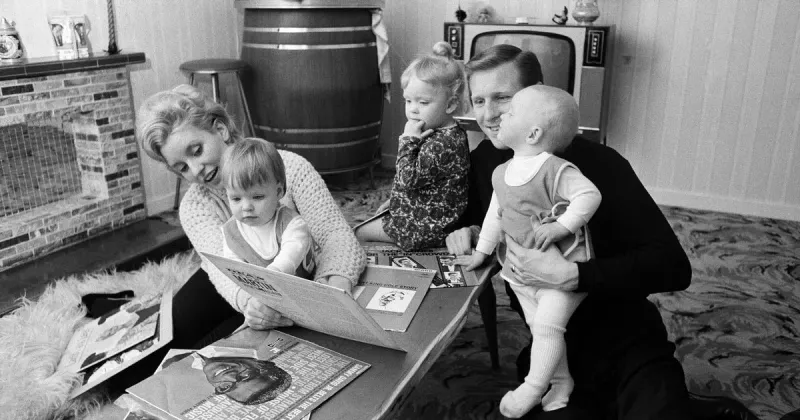
Reading was a cornerstone of 1960s family life. Parents encouraged children to read by setting aside specific times for enjoying books together.
This practice fostered a love for literature and enhanced language skills. Children developed imagination, comprehension, and critical thinking through regular reading.
Family reading time created a peaceful atmosphere, strengthening bonds and encouraging lifelong learning, forming a foundation for academic success and personal growth.

